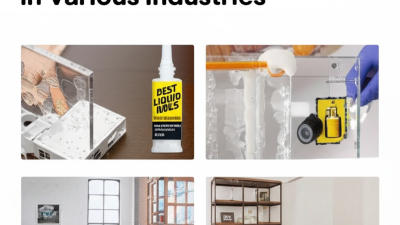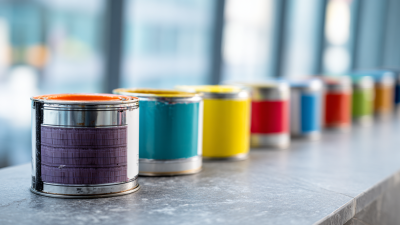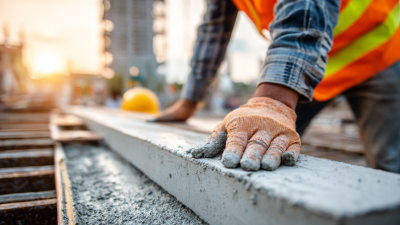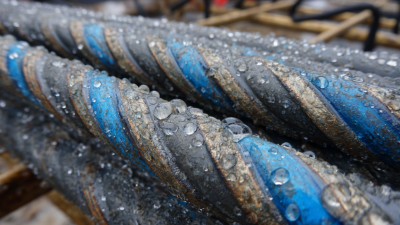Inquiry
Form loading...
When embarking on any outdoor construction project, the choice of materials is crucial for ensuring durability and effectiveness. One of the most vital components in such projects is the use of Outdoor Construction Adhesive, which plays a significant role in bonding various elements securely. However, to achieve long-lasting results, it's essential to understand the proper techniques and considerations involved in its application.
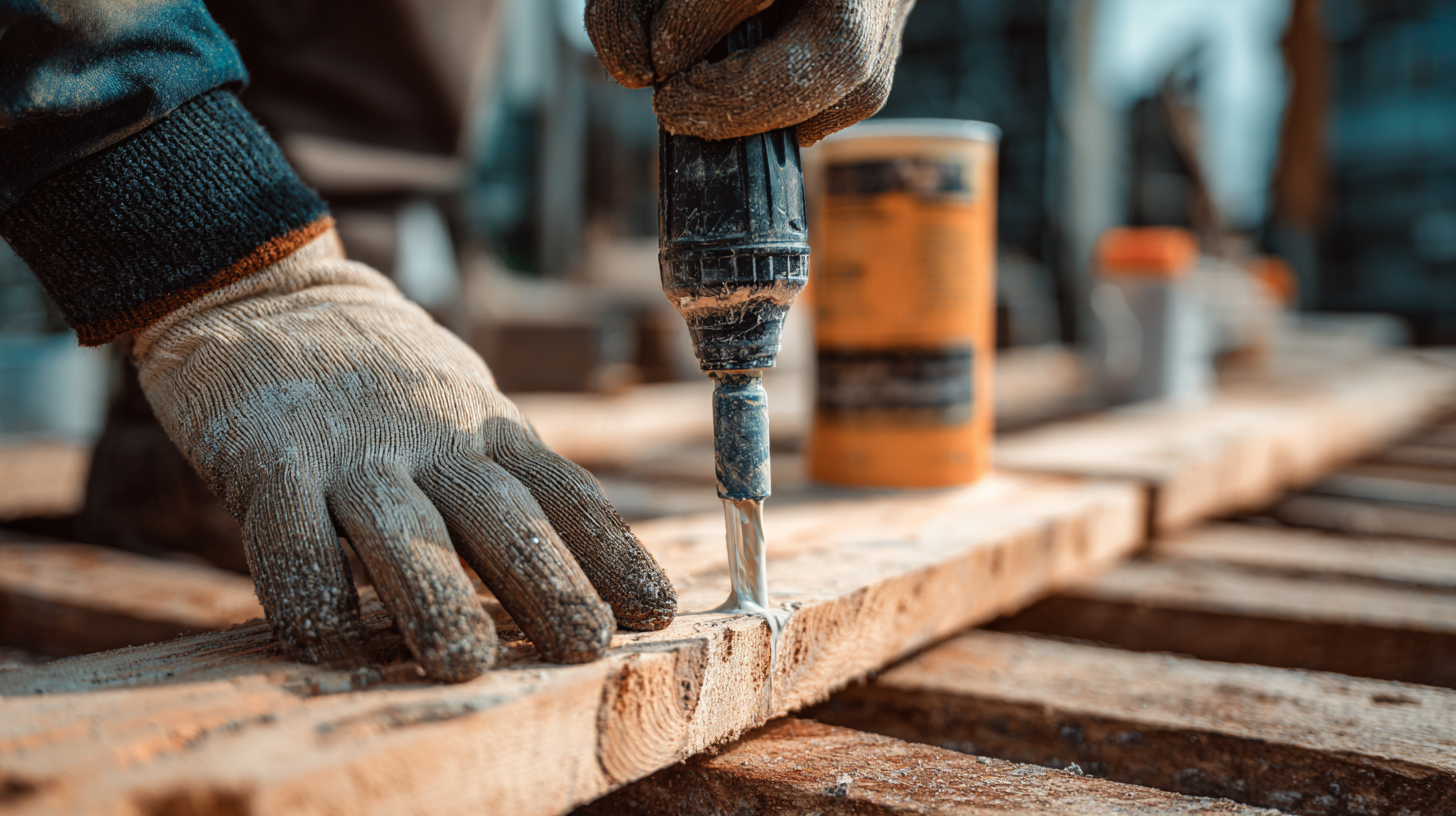
This guide aims to walk you through the best practices for effectively using Outdoor Construction Adhesive, from selecting the right type for your specific conditions to the step-by-step process of application. By following these expert tips, you can enhance the strength and longevity of your outdoor constructions, ensuring that your efforts withstand the test of time and the elements.
When selecting the right outdoor construction adhesive for your project, it's essential to consider the materials you'll be bonding. Not all adhesives are suitable for every surface, so identify whether you are working with wood, metal, concrete, or plastic. For instance, polyurethane adhesives are excellent for wood and provide strong moisture resistance, making them ideal for outdoor applications. On the other hand, if your project involves bonding metal to concrete, epoxy adhesives might be more suitable due to their superior strength and durability.
Another crucial factor is the temperature and environmental conditions the adhesive will be exposed to. Some adhesives are designed to withstand extreme temperatures and weather changes, ensuring a long-lasting bond. If you expect exposure to moisture or outdoor elements, choose weather-resistant formulations like silicone or advanced hybrid adhesives. Additionally, always check the manufacturer’s specifications to ensure the adhesive will perform optimally under the conditions relevant to your project. By carefully selecting the appropriate outdoor construction adhesive, you can achieve a reliable and durable bond that stands the test of time.
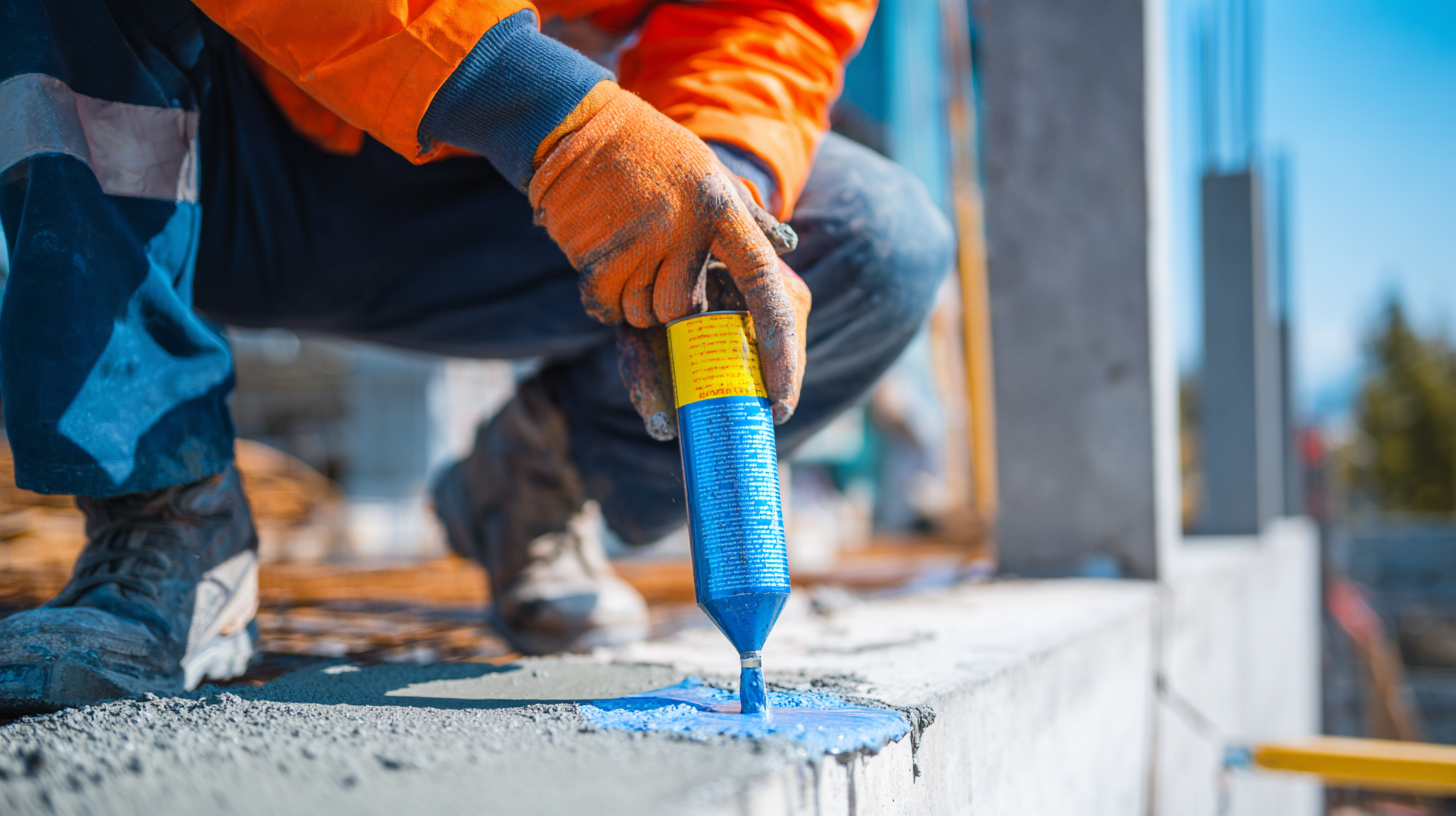
Preparing surfaces properly is crucial for achieving a strong bond with outdoor construction adhesive. Start by ensuring that the surfaces are clean and free of dust, dirt, and grease, as these contaminants can significantly weaken the adhesive's effectiveness. For porous materials like wood or concrete, it’s essential to clean the surface with a suitable cleaner and let it dry completely before applying the adhesive.
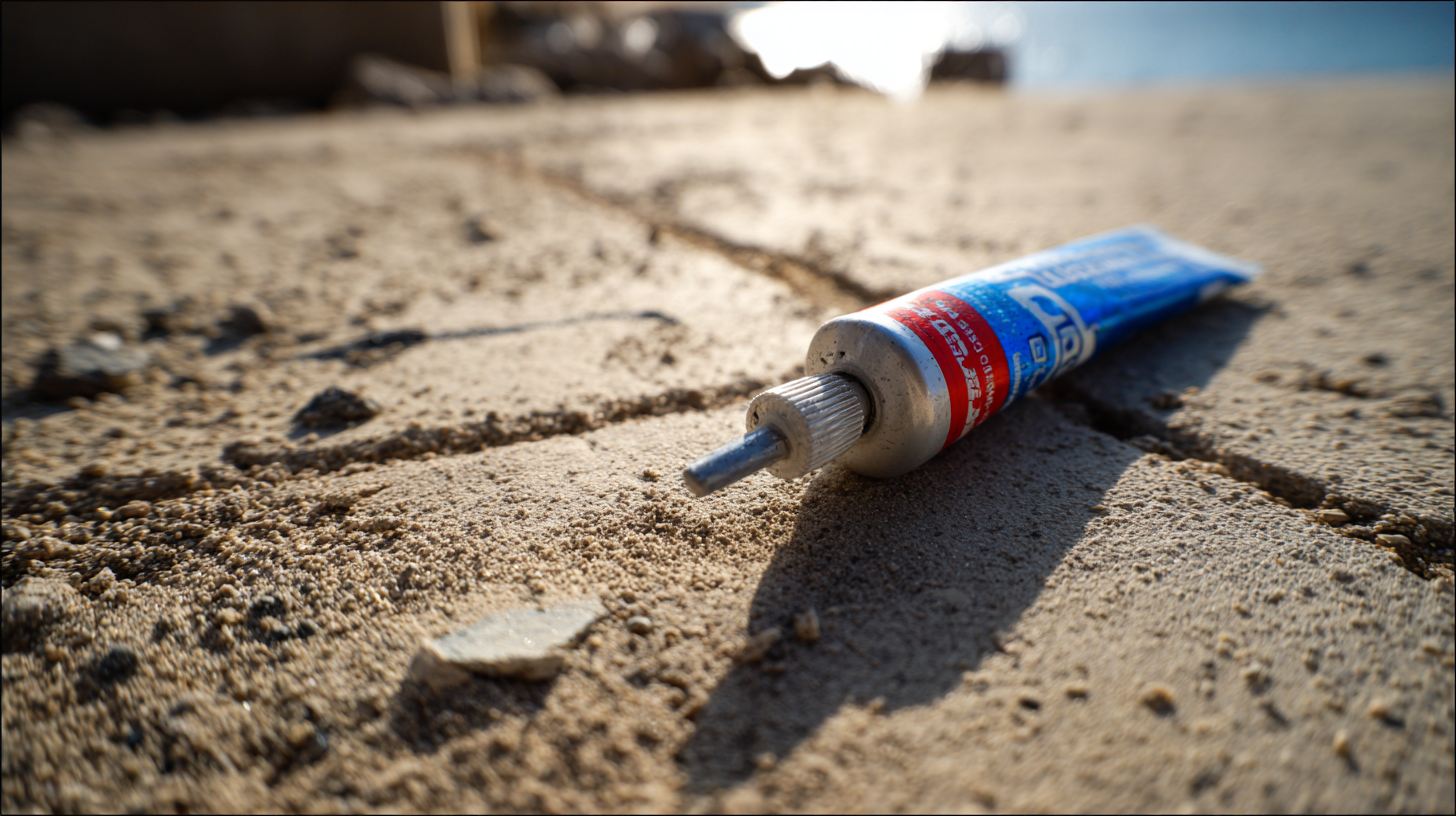
Tips: Use a wire brush or sandpaper to remove any loose particles and roughen the surfaces if necessary. This promotes better adhesion by creating a texture for the adhesive to grip onto. Additionally, always check the manufacturer's recommendations for specific surface preparation guidance.
Another important aspect is moisture control. Ensure the surface is dry before applying the adhesive, as excess moisture can interfere with the curing process and may lead to bond failure. If working outdoors, consider the weather conditions and choose a time when the air is dry, and temperatures are moderate.
Tips: If you're unsure about the moisture level, using a moisture meter can help ensure optimal conditions. This way, you lay the groundwork for a durable bond that will withstand the elements and enhance the longevity of your outdoor projects.
When applying outdoor construction adhesive, proper technique is essential for achieving optimal bonding results. Start by ensuring that the surfaces to be bonded are clean, dry, and free from grease or dust. Using a wire brush or sandpaper can help create a rough surface texture, which promotes stronger adhesion. If the adhesive is intended for specific materials, double-check compatibility to avoid any chemical reactions that may compromise the bond.
Applying the adhesive evenly is crucial for a strong hold. Use a caulking gun to dispense a consistent bead of adhesive along the surface. For larger areas, consider using a notched trowel to spread the adhesive uniformly. Ensure there's adequate coverage; a thicker layer of adhesive may not always enhance performance, so follow the manufacturer’s guidelines for application thickness. Finally, allow the adhesive to cure as per the manufacturer's instructions, and avoid disturbing the bonded materials during this time to allow for optimal strength and durability.
When using outdoor construction adhesive, proper curing and maintenance of adhesive bonds are crucial for ensuring long-lasting results. One essential practice is to allow the adhesive to cure in optimal environmental conditions. This typically means maintaining a suitable temperature and humidity level during the curing process. Most adhesives require a specific range of temperatures—generally between 50°F and 90°F—to achieve their maximum strength. Additionally, avoiding exposure to moisture during the initial curing stage is vital, as water can compromise the bond before it has set properly.
After the adhesive has cured, regular maintenance of the bonded surfaces will help sustain the integrity of the adhesive over time. It’s important to inspect the bonds periodically for any signs of wear or degradation. If any issues are detected, such as peeling or cracking, immediate action should be taken to repair or reapply the adhesive. Furthermore, keeping the area clean and free of debris can prevent any interference with the bond's performance. Following these best practices will significantly extend the lifespan of outdoor construction adhesive bonds, ensuring they remain strong and effective for years to come.
When working with outdoor construction adhesives, common issues may arise that can compromise the longevity of your applications. One prevalent challenge is environmental conditions, with studies indicating that approximately 50% of adhesive failures are linked to inadequate surface preparation or exposure to extreme temperatures (Adhesive & Sealant Council, 2021). For outdoor projects, it’s crucial to choose an adhesive that is specifically formulated to withstand varying weather conditions, including UV exposure and humidity. Proper surface preparation, such as cleaning and roughening the substrates, can dramatically enhance adhesion and mitigate these risks.
Another common issue involves curing time and the impact of moisture. Research shows that adhesives take longer to cure in high humidity, potentially leading to incomplete bonding if not accounted for (Journal of Adhesives, 2020). For best results, consider utilizing adhesives that are moisture-curing or have additives that help with tackiness under such conditions. Additionally, it's essential to follow the manufacturer's guidelines closely for ambient temperature and humidity levels during application, ensuring optimal performance and longevity of your adhesive bonds in outdoor settings.
